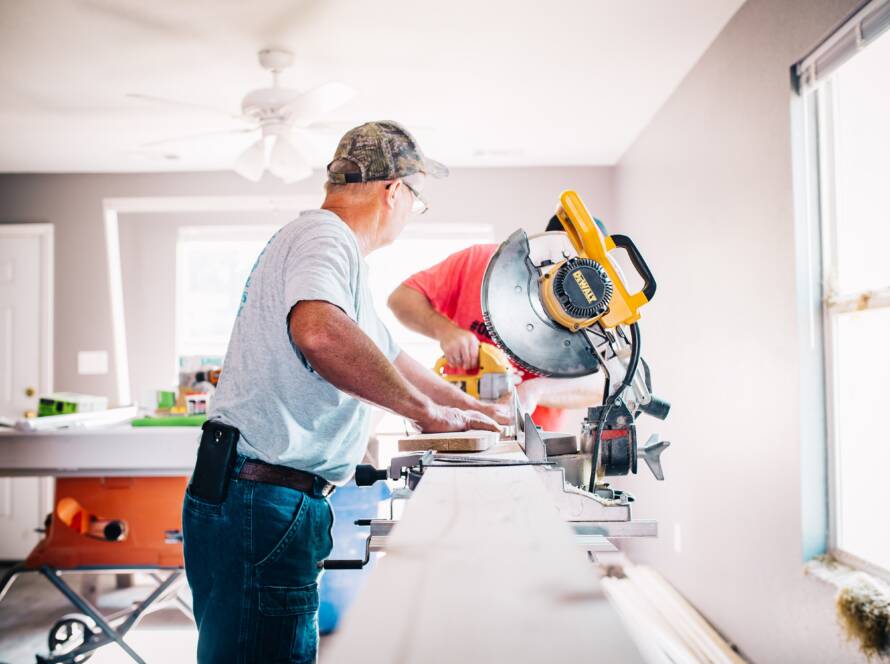In the realm of healthcare, the importance of patient care and comfort cannot be overstated. Beyond medical expertise, the physical environment plays a pivotal role in promoting healing, reducing stress, and enhancing overall well-being. The avenue to achieving these goals lies within healthcare facility renovations. These renovations transcend aesthetics, focusing on creating spaces that foster patient well-being, streamline operations, and align with modern medical practices. In this exploration of healthcare facility renovations, we’ll delve into their significance, the benefits they bring to patients and staff, and the art of transforming healthcare spaces to elevate care and comfort.
The Significance of Healthcare Facility Renovations
In healthcare, spaces should evoke a sense of serenity and reassurance for patients and their families. Renovations play a significant role in creating an environment that facilitates healing:
- Patient Comfort: A well-designed healthcare space can significantly reduce patient stress, promoting faster recovery and better overall well-being.
- Efficient Workflows: Renovations can optimize layout and functionality, allowing medical staff to work more effectively and efficiently.
- Advanced Technology Integration: Modern healthcare relies on technology. Renovations offer the opportunity to integrate the latest medical equipment and systems seamlessly.
- Privacy and Dignity: Healthcare facility renovations can create private and dignified spaces that respect patients’ needs for confidentiality.
Benefits of Healthcare Facility Renovations
- Enhanced Patient Experience: A comfortable and well-designed environment contributes to patient satisfaction, trust in medical care, and a positive overall experience.
- Positive Staff Morale: A well-designed healthcare space supports medical staff in their work, leading to higher job satisfaction and better patient interactions.
- Streamlined Operations: Renovations can optimize layouts, improving patient flow and the efficiency of medical procedures.
- Infection Control: Modern healthcare spaces can be designed with infection control measures in mind, reducing the risk of healthcare-associated infections.
- Adapting to New Needs: As medical practices evolve, healthcare spaces need to keep pace. Renovations allow for flexible adaptation to new medical trends and practices.
Navigating Healthcare Facility Renovations for Patient Care
- Needs Assessment: Understand the specific needs of patients, medical staff, and the unique requirements of your healthcare facility.
- Design and Planning: Collaborate with designers and architects specializing in healthcare environments to create a plan that aligns with patient care goals.
- Budgeting: Set a budget that considers design fees, construction costs, medical equipment expenses, permits, and potential contingencies.
- Construction Phase: Engage experienced contractors who are well-versed in healthcare renovations. Their expertise ensures minimal disruption to patient care.
- Quality Control: Regular inspections during and after construction ensure the renovation aligns with the design and meets the highest quality standards.
Partnering with Healthcare Renovation Experts
The journey of healthcare facility renovations demands a team that comprehends the unique balance between design and patient well-being. Skilled professionals bring expertise in design, construction, medical regulations, and project management to ensure a seamless process from concept to completion.
At Trojan Contracting, we specialize in elevating patient care and comfort through thoughtful healthcare facility renovations. With a commitment to craftsmanship, innovation, and personalized service, we’re here to guide you through every step of the transformation process.
Contact us today to discuss your healthcare facility renovation project. Let’s collaborate to create healing environments that prioritize patient well-being, enhance staff efficiency, and shape a better future for healthcare delivery.


